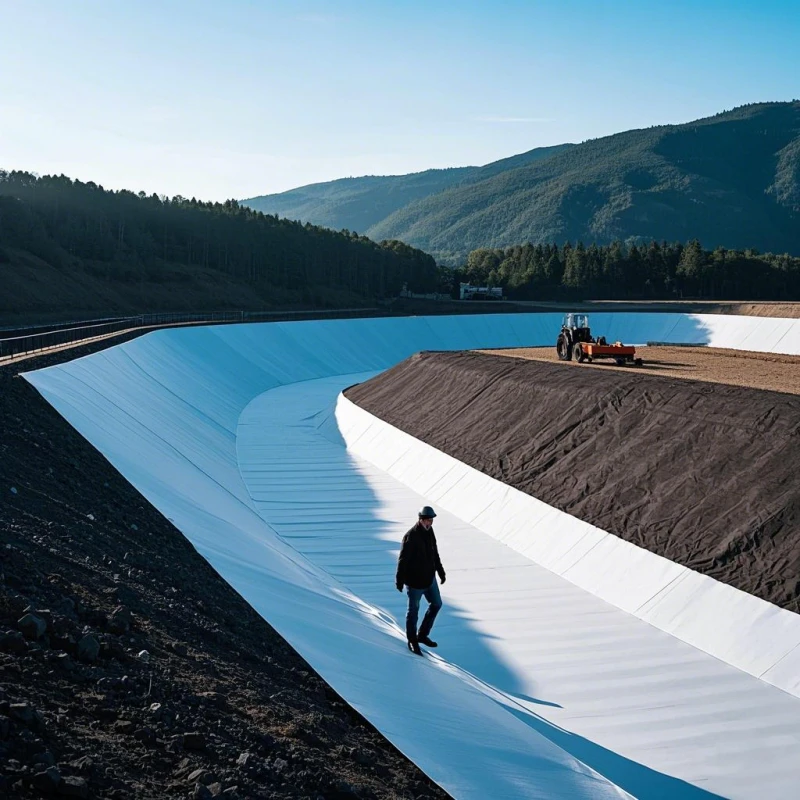
Non Woven Geotextile Drainage Fabric
Non-woven geotextile drainage fabric is essential for soil stabilization, filtration, and drainage in construction and environmental projects. With high water permeability, tensile strength, and durability, it enhances road construction, erosion control, and landfill protection. ...
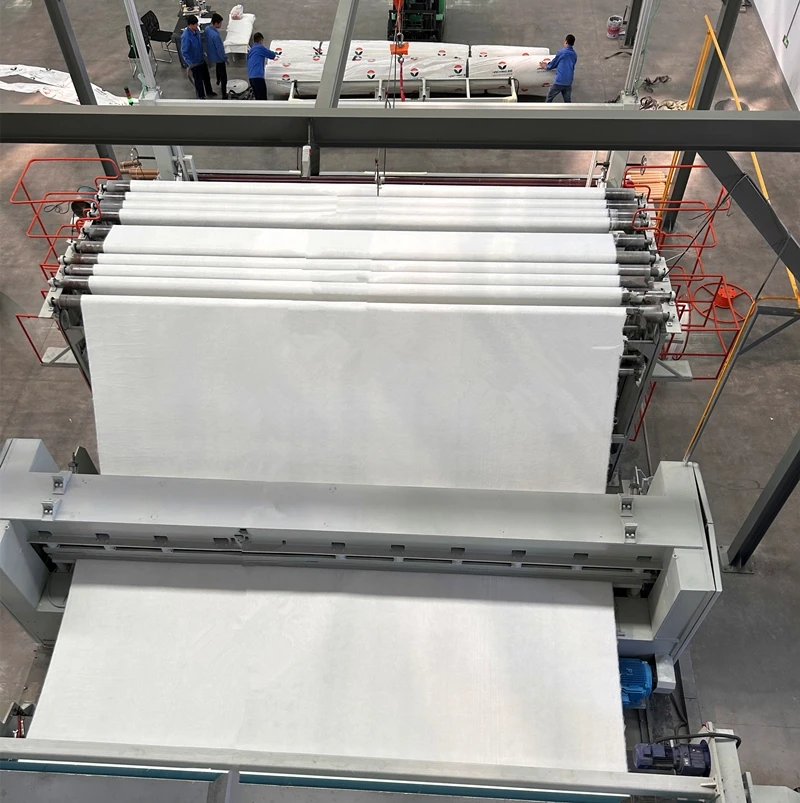
Non Woven Geotextile Fabric for French Drain
Non-woven geotextile fabric plays a vital role in French drain systems by offering superior filtration, enhanced drainage, and long-lasting durability. This fabric prevents soil clogging, reinforces the drainage structure, and ensures efficient water flow. Ideal for both resident...
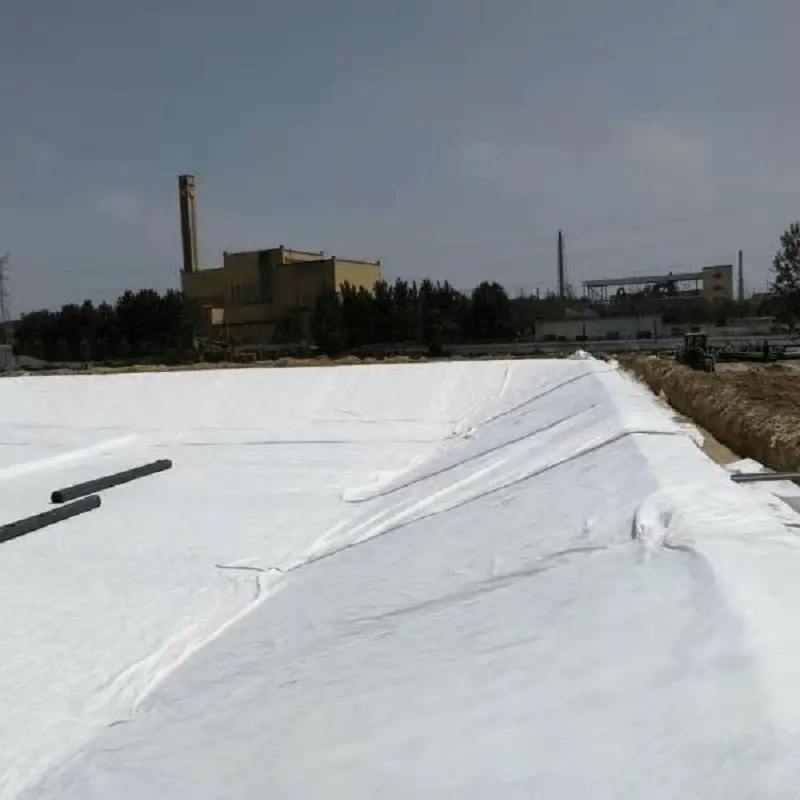
The Use of Geotextiles in Ecuador C
The Republic of Ecuador, located in the northwest of South America, is renowned for its abundant natural resources and diverse ecosystems. Ecuador's terrain is varied, ranging from the highlands of the Andes Mountains to the depths of the Amazon Rainforest, and extending to the p...
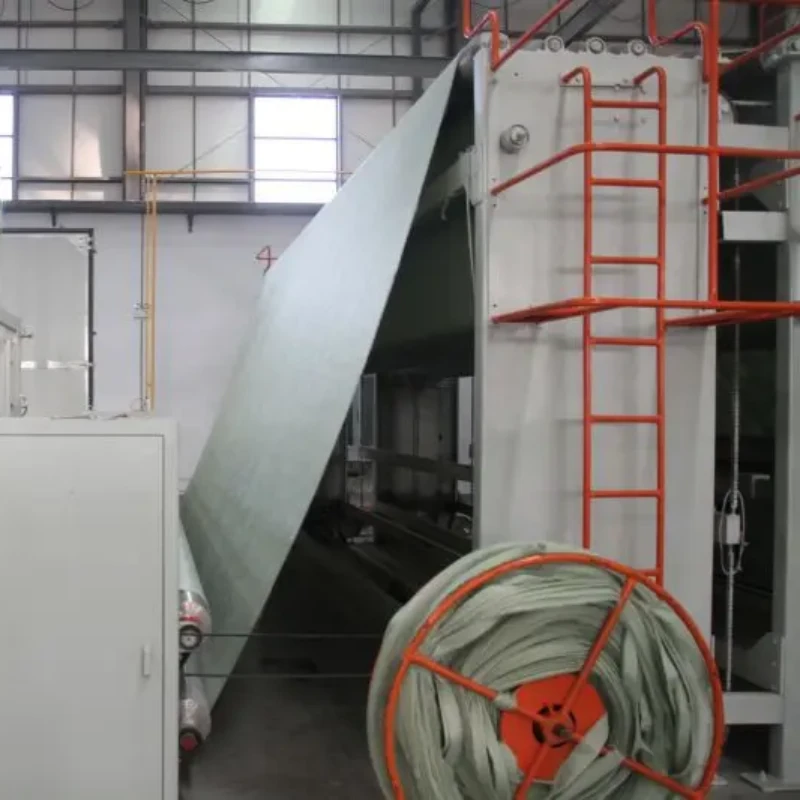
Non Woven Geotextile Landscape Fabric
Non-woven geotextile landscape fabric is essential for enhancing landscaping projects by offering erosion control, improved drainage, and weed prevention. This article highlights its benefits, types, and performance data, such as tensile strength, water permeability, and filtrati...
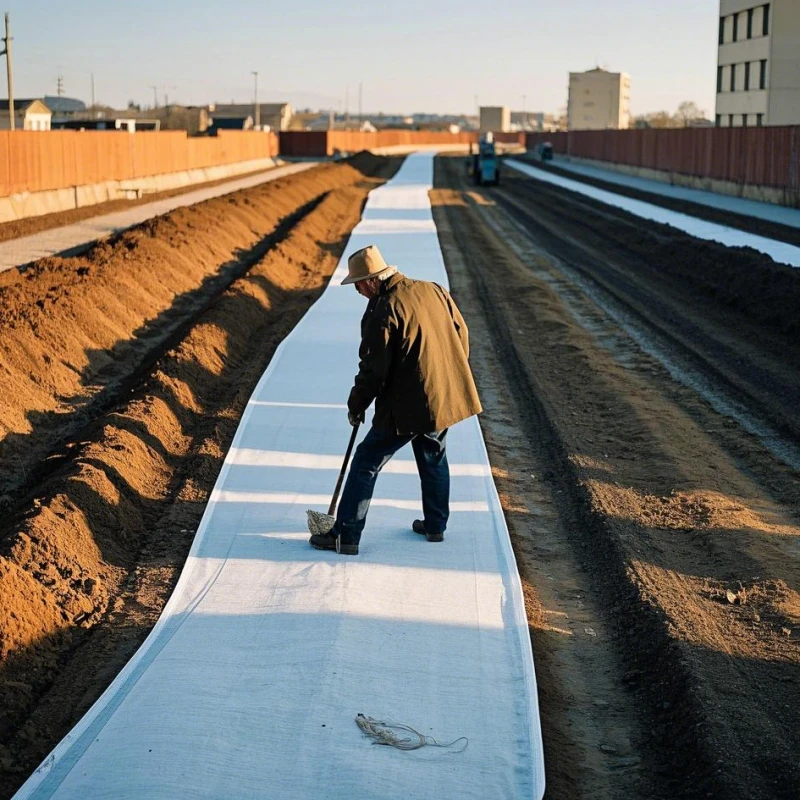
Non Woven Geotextile Fabric for Driveway
Non-woven geotextile fabric is a key material for building durable and stable driveways. This fabric enhances drainage, provides separation between layers, and reinforces the surface for long-lasting performance. It helps reduce erosion and maintenance costs while extending the l...
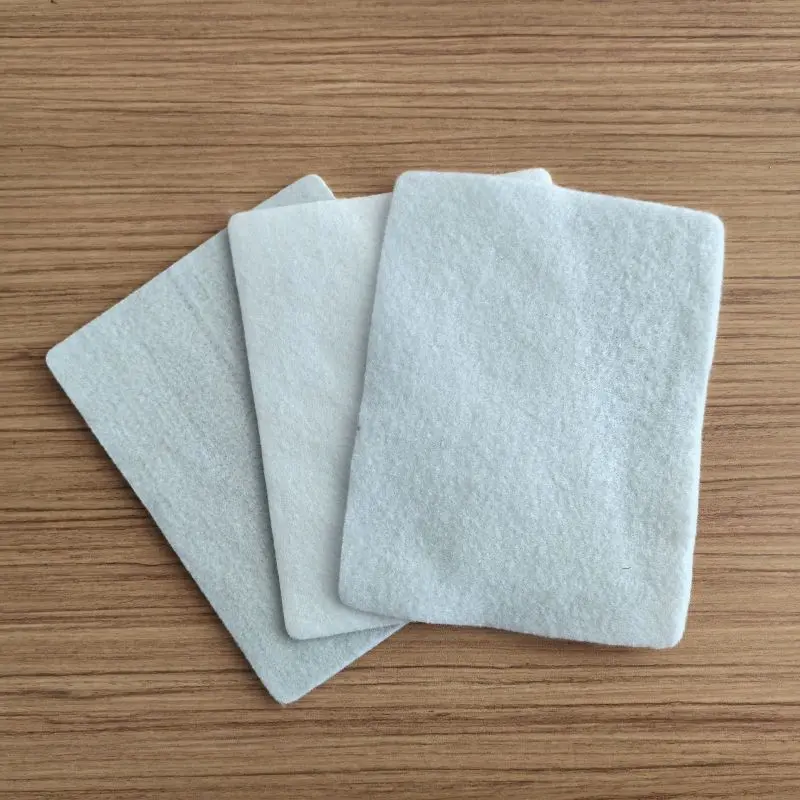
PP pet needle punched non woven geotextile for Railway
PP/PET needle-punched nonwoven geotextile for railways offers durability, separation, and drainage. Available in 200-600gsm, tensile strength >15kN/m, and permeability 0.1-0.5 cm/s, ensuring stable trackbed performance under heavy loads.
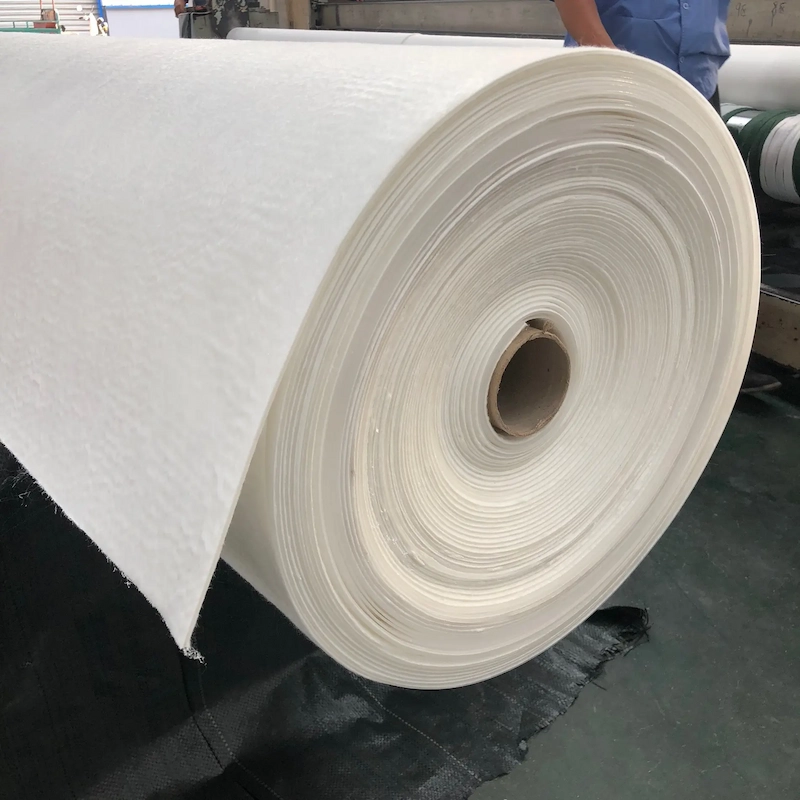
Non-woven V.S. Woven Geotextile:What’s the difference? -L
This article includes the definitions of woven geotextiles and nonwoven geotextiles. Their advantages and disadvantages are compared from the aspects of raw materials, production process, physical properties, mechanical properties, durability and so on. Compare the application sc...
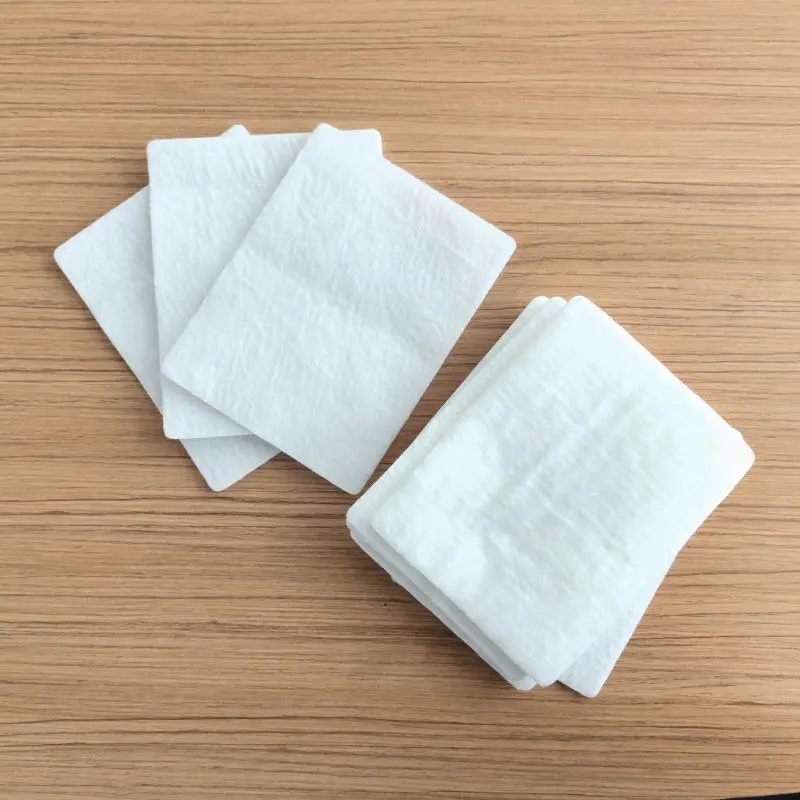
Non woven geotextile filter fabric
Non-woven geotextile filter fabric is a specialized material used extensively in civil engineering and environmental projects. It is engineered from synthetic fibers, typically polypropylene or polyester, and manufactured through a process of needle punching or thermal bonding. T...
780.webp)
Applications of geotextiles in South Africa D
When discussing the various applications of geotextiles in the South African market, the diversity of geographical layout and climatic conditions is an indispensable factor. South Africa's terrain encompasses plateaus, deserts, mountain ranges, valleys, and coastlines, presenting...
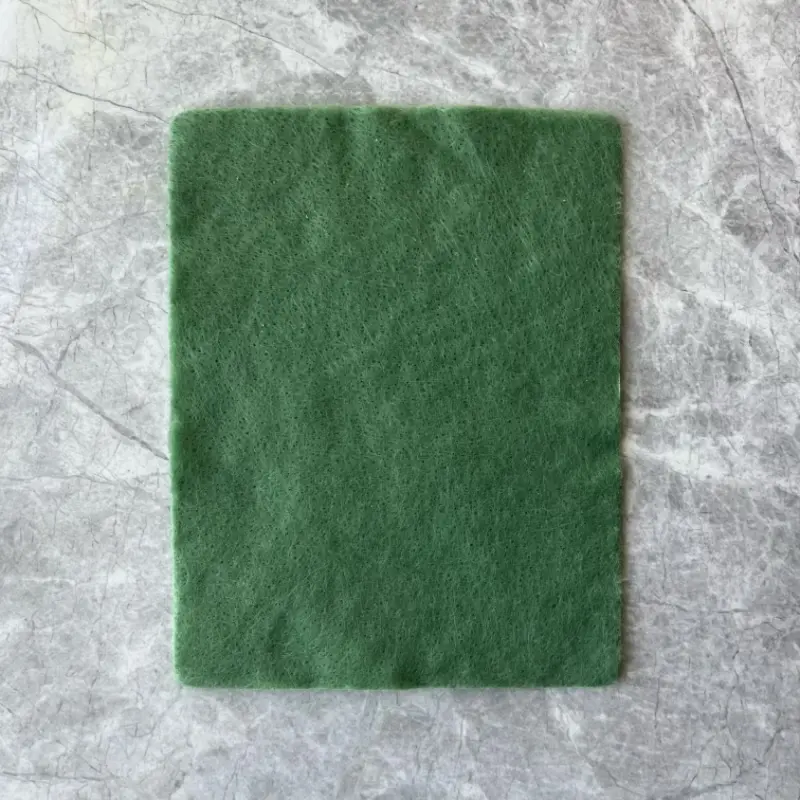
Why do you need Non-woven Geotextile Fabric in Landfills? Echo
Non-woven geotextile fabric is widely used in landfills primarily for its anti-seepage properties, enhancing stability, aiding drainage, controlling erosion, and increasing cover thickness. It acts as a barrier against leachate, reduces soil deformation, facilitates liquid draina...
918.webp)
Composite geomembrane with non woven geotextile and geotechnical cloth for landfill T
Composite geomembrane, combining non-woven geotextile and geomembrane, is employed in landfills. This multi-layered structure effectively prevents soil seepage and environmental contamination, providing exceptional waterproof and anti-seepage properties. The non-woven geotextile ...